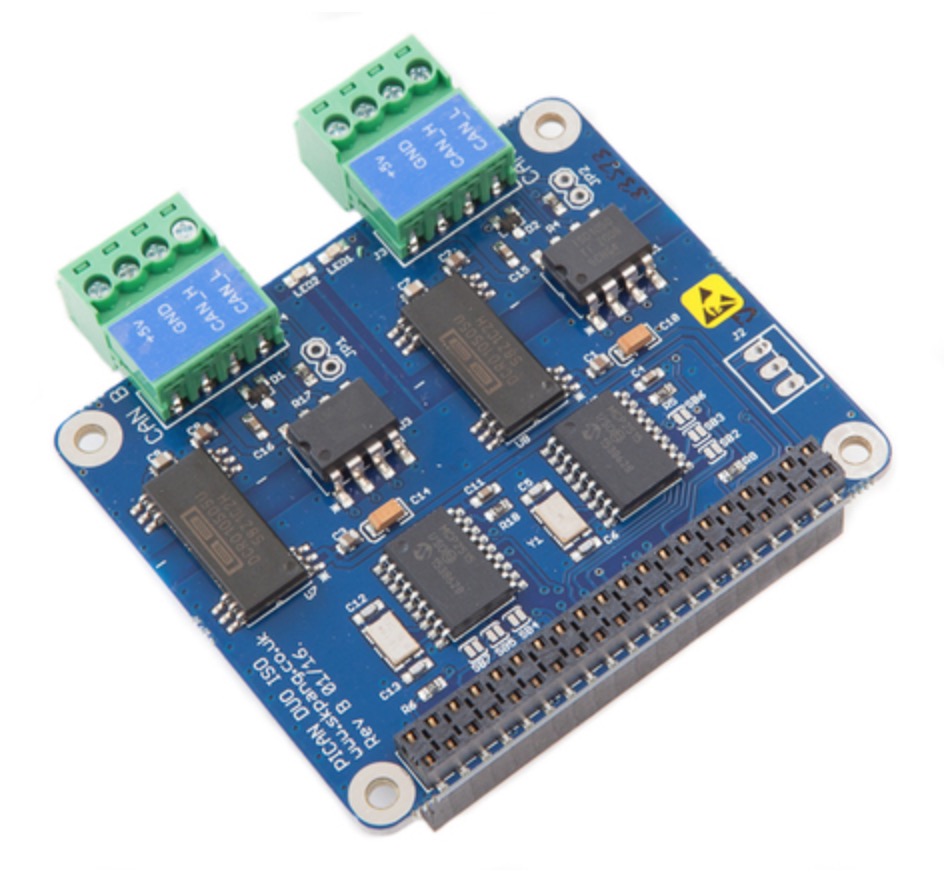Recent Posts
Recipe-Based Guide To Programming Your Raspberry Pi 3 Using Python
Posted by on
This book begins by leading you through setting up Raspberry Pi 3, performing tasks using Python 3.6, and introducing the first steps to interface with RPI peripherals. As you work through the chapters, you will develop your skills and apply them as you advance.
You will learn how to build text classifiers, predict sentiments in words, develop applications using the popular Tkinter library, and create games by controlling graphics on your screen. You will harness the power of a built-in graphics processor using Pi3D to generate your own high-quality 3D graphics and environments.
You will learn how to connect Raspberry Pi's hardware pins directly to control electronics, from switching LEDs and responding to push buttons to driving motors and servos. Get to grips with monitoring sensors to collect real-life data, using it to control other devices, and observing the events over the internet.
You will implement what you have learned by designing your own Pi-Rover or Pi-Hexipod robots. You will also learn about sentiment analysis, face recognition techniques, and building neural network modules for optical character recognition.
PiCAN2 Duo Isolated CAN-Bus Board for Raspberry Pi 2/3 And B+
This PiCAN2 DUO ISO board provides two independent isolated CAN-Bus channels for the Raspberry Pi 2 or 3. It uses the Microchip MCP2515 CAN controller with ISO1050 isolated CAN transceiver. Connections are made via 4 way screw terminal plugs.
There is an easy-to-install SocketCAN driver, and programming can be accomplished in C or Python.
Features
- Two galvanically isolated CAN channels
- 70mA 5v output per channel that can be use to power other CAN nodes
- CAN v2.0B at 1 Mb/s
- High speed SPI Interface (10 MHz)
- Standard and extended data and remote frames
- CAN connection screw terminal
- 120Ω terminator ready
- Serial LCD ready
- LED indicator
- Four fixing holes, comply with Pi Hat standard
- SocketCAN driver, appears as can0 and can1 to application
- Interrupt RX on GPIO25 and GPIO24
 Loading... Please wait...
Loading... Please wait...


